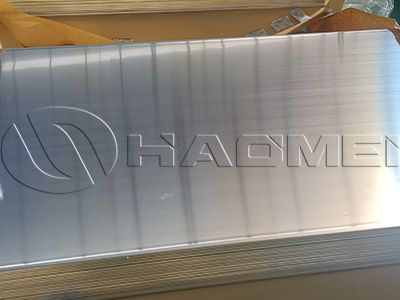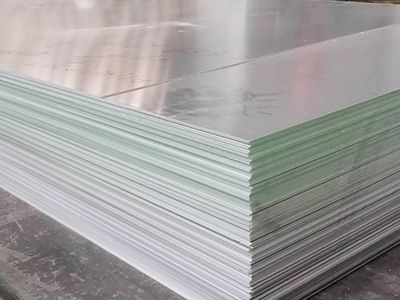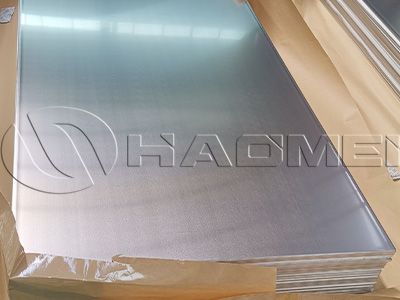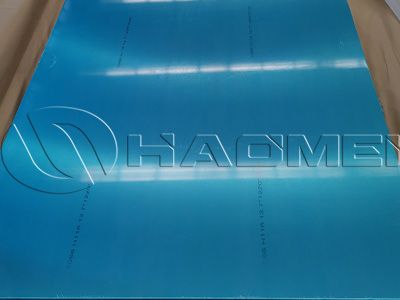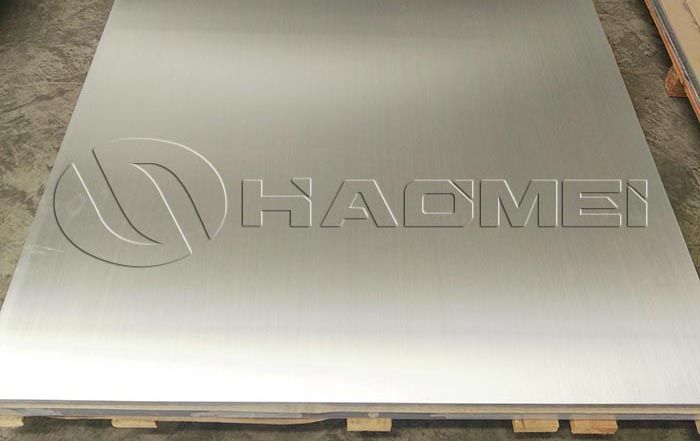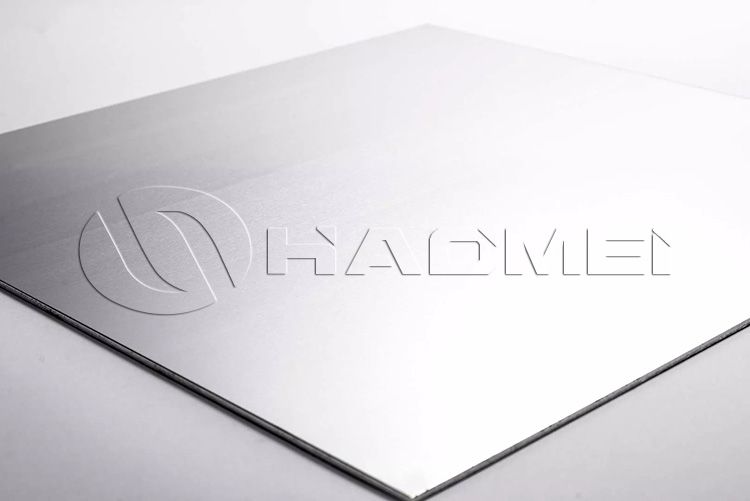What Are The Future Application Direction Of High-End Aluminum Alloys
In recent years, high comprehensive performance aluminum alloys have been a hot topic in high-strength aluminum alloy material science and engineering research. How should aluminum alloy manufacturers grasp the future application direction of high-end aluminum alloys?
High-performance aluminum alloy sheets, medium and thick plates, and profiles are key basic materials for national economic development and national defense construction in fields such as transportation, aerospace, and marine vessels. They are also widely used in consumer electronics, new energy, intelligent equipment, and other fields.
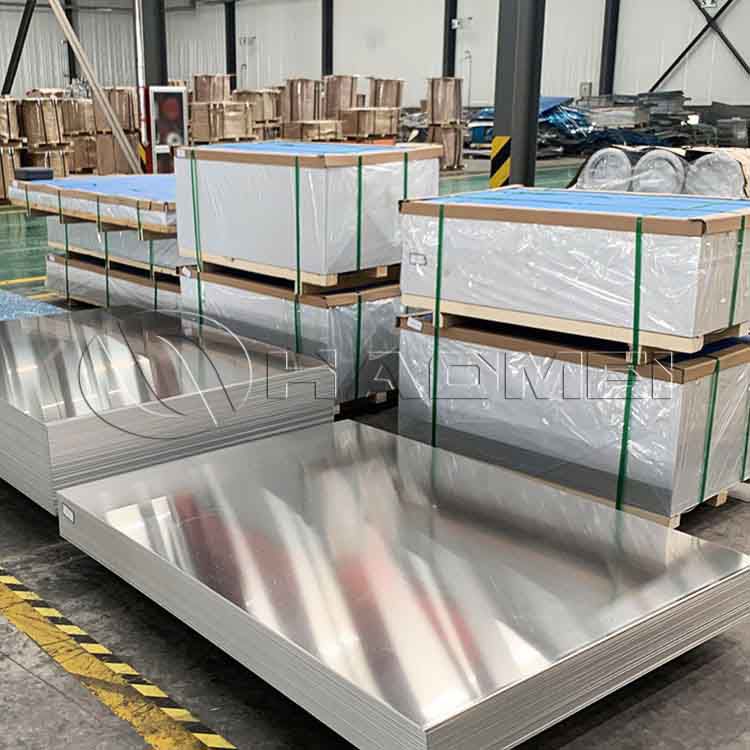
Under the situation of energy shortage and serious environmental pollution, the research and development of new energy vehicles has become an inevitable trend in the development of the automobile industry. Pure electric vehicles are currently the most valuable product for large-scale promotion and application. The colored aluminum sheet metal for race cars is widely used.
For pure electric vehicles, every 100kg reduction in curb weight can increase the cruising range by 10% and save battery costs by 15% to 20%. Vehicle lightweighting can help new energy vehicles increase their cruising range and reduce costs. According to a survey by the European Aluminum Association, if lightweight technology is used in new energy vehicles, the body weight can be reduced by 10%, power consumption can be reduced by 5.5%, and the cruising range can be increased by 5.5%.
Under the same cruising range, although the cost of an all-aluminum body is higher, all-aluminum electric vehicles have a more price advantage due to the saving in battery costs. For example, the Volkswagen Golf electric car can not only reduce its weight by 187kg by adopting an all-aluminum body. Therefore, improving energy efficiency through lightweight automotive aluminum sheets is particularly important for electric cars.
Existing research on the thermal conductivity of aluminum alloys mainly focuses on deformed aluminum alloys. Deformed aluminum alloys for thermal conductivity are mainly used in automobiles, electronics and other fields, such as aluminum alloy radiators, heaters, air conditioners, etc. Compared with traditional copper or steel radiators, aluminum radiators have the advantages of light weight, good corrosion resistance, and low cost of use, and have been widely used.
Aluminum alloys for ships are mainly aluminum-magnesium alloys, aluminum-magnesium-silicon alloys and aluminum-zinc-magnesium alloys. The commonly used aluminum alloy profiles for portholes in ship superstructures are 6063 aluminum alloy, and 6063 and 6061 aluminum alloy profiles are commonly used for masts and gangways.
The application rate of aluminum-magnesium alloys in ship hull structures is relatively high, among which 5454 h34 aluminum and 5052 aluminum alloys are the main materials for manufacturing decks.
Modern aluminum alloys are developing towards high comprehensive performance, low density, large specifications, high uniformity and material/structure integration, providing important support for high-performance manufacturing of aerospace, transportation and high-end equipment.
Original Source:https://www.autoaluminumsheet.com/a/what-are-the-future-application-direction-of-high-end-aluminum-alloys.html
Tags: automotive aluminum sheet ,
Prev:3003 5454 Aluminum in Cars
Next:Car Panel Sheet Metal 7075 6061
